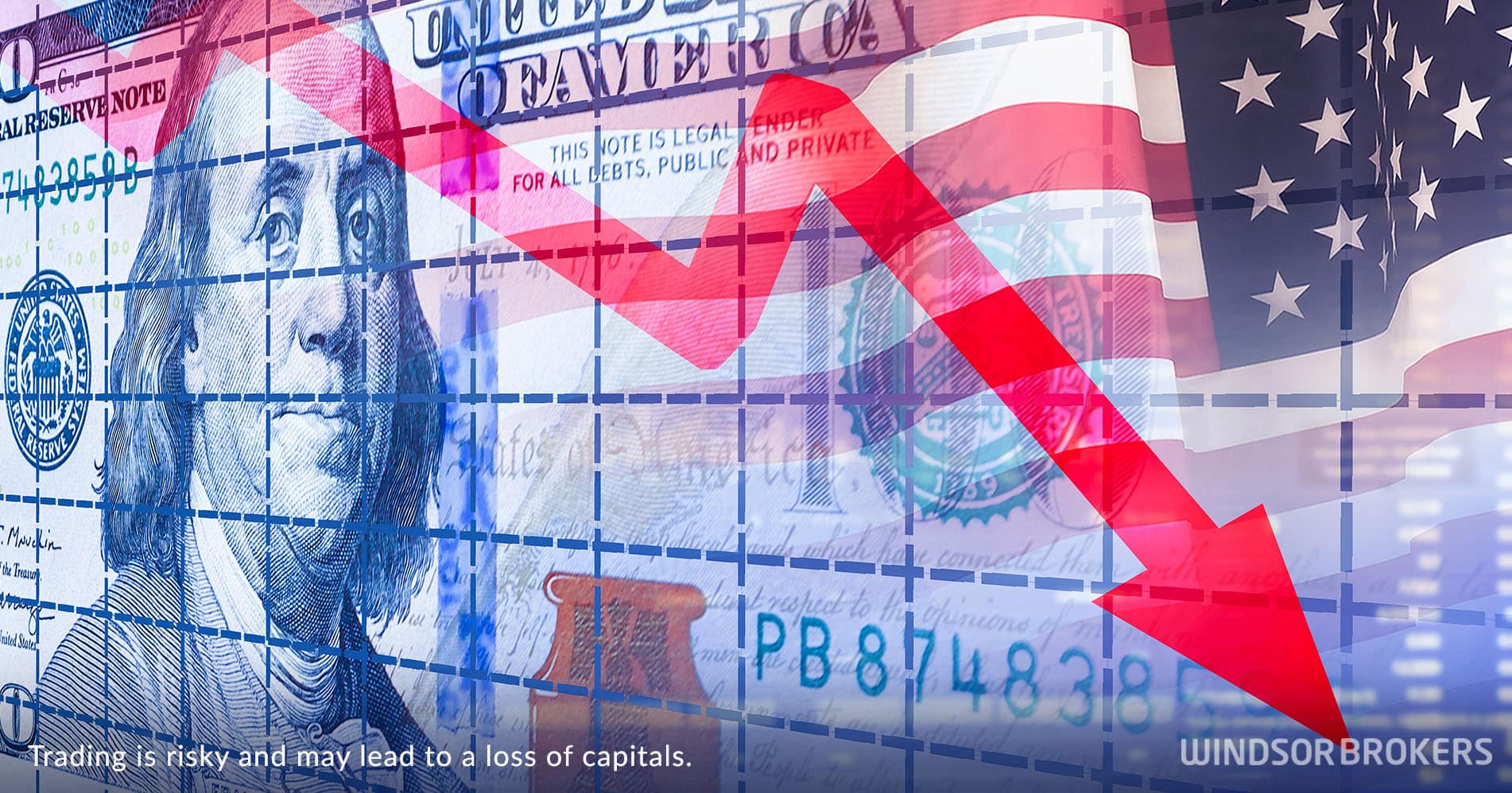US inflation eases further below 3% in November – PCE
US inflation, as measured by the personal consumption expenditures price index, fell 0.1% last month after being unchanged in October,
while annualized PCE price index increased 2.6% after rising 2.9% in October, when it fell below 3% for the first time since March 2021.
November’s figure was also below forecast at 2.8%.
So-called core PCE index, which excludes the volatile food and energy components, and being Fed’s preferred measure for inflation, rose 0.1% in November, matching December’s gain, while annualized PCE was up 3.2% in November, after 3.4% rise in October and missed consensus at 3.3%.
Further slowdown and inflation stabilizing below 3% in November adds to market expectations that the Fed will start cutting interest rates from March next year.
Fed looks for monthly inflation readings of 0.2% on a sustainable basis to bring inflation back to 2% target, with the latest data contributing to growing bets that the central bank will announce the first rate cut in March 2024 policy meeting.
The Fed signaled that cycle of hiking interest rates, which rose to 5.25%-5.50% range, is at the end and lower borrowing cost could be expected in 2024.
Colling inflation, rising consumer spending and overall improving economic performance, contribute to Fed’s plans.


